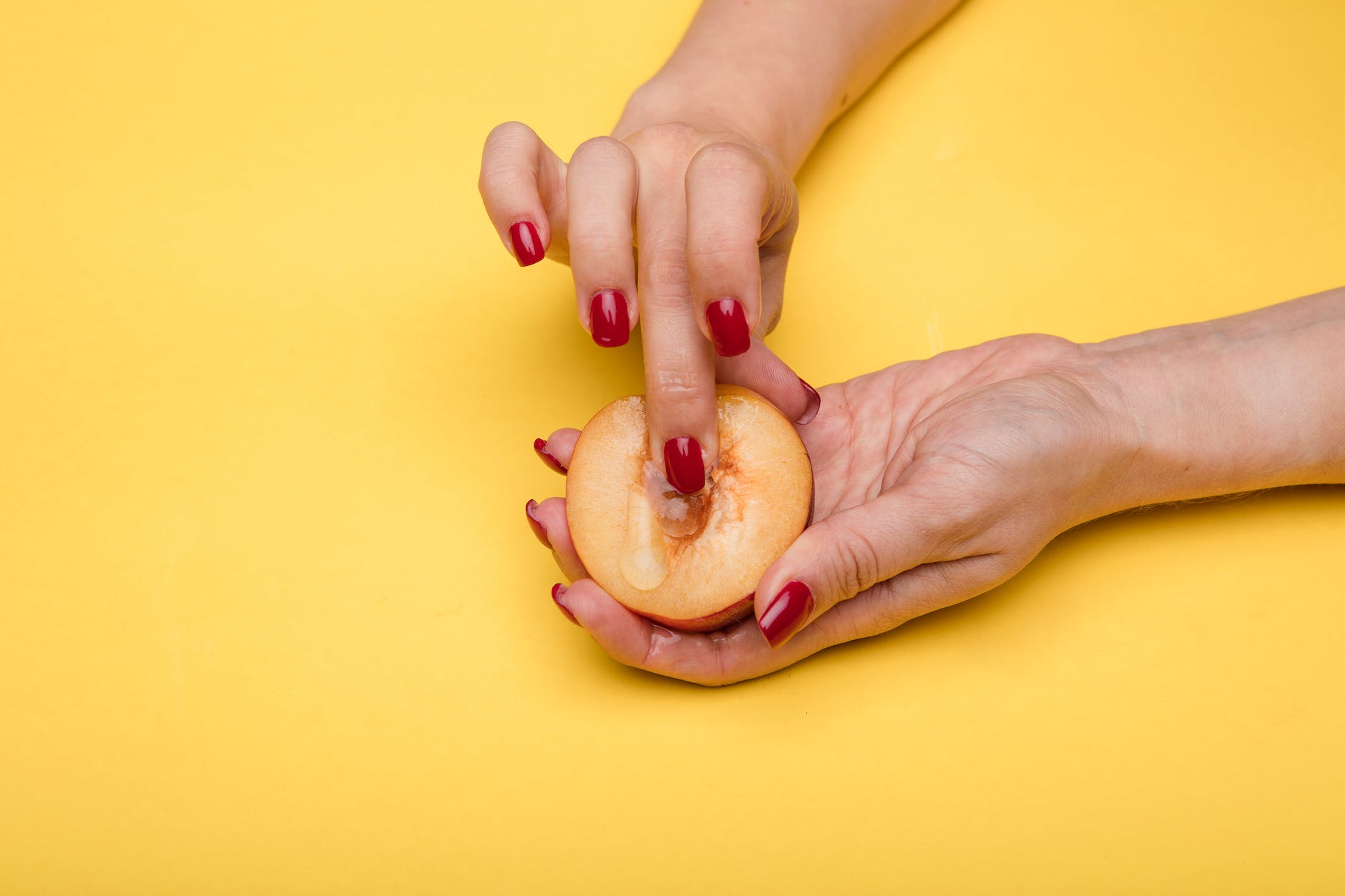What exactly is vabbing? Does it even work? What is the science behind this?
Vabbing is this viral TikTok trend where women dab their vaginal secretions at their pulse points, assuming they will work like pheromones and attract a mate.
Let us clear this up upfront. No scientific evidence exists to show that Vabbing works as intended. There is no scientific evidence that humans create pheromones, that a human pheromone exists, or that any substance we produce works like a pheromone.

Certain odours or fragrances, like music or lighting, can affect mood states in humans and assist in physiological arousal. Just think of scented candles, dimmed lighting, and slow romantic music to set a mood for intimate arousal. However, do humans create a compound capable of altering mood states or eliciting a physiological response? No. No scientific evidence supports that we create something to this degree.
What is a Pheromone?
Pheromones were first discovered in insects where substances the insects created were excreted to the outside to elicit a specific response. These pheromones in insects work as a behavioural or developmental process. For example, in silkworms, a substance is excreted that initiates the behavioural flight process of the male silkworm. The scent guides the flight of the male silkworm.
In the 1960s, this concept of the pheromone was generalised toward mammals. An entomologist in 1963 called Wilson tried to liken the concept of pheromones to the musk-like scents often secreted by mammals. However, what many people missed with this generalisation was that those musk-like scents excreted by mammals served many purposes, with most not related to the attraction of a mate. Instead, those musk-like scents usually worked as a marking of territory, defending territory, or even identification between the sexes of mammals.
What did the literature show?
Literature in the following years focused on the vaginal secretions of the Rhesus monkey and how scents excreted by the female would elicit copulatory behaviour from the male or how the tarsal sweat glands of the Black-tailed Deer would elicit licking from the female deer. However, these chemicals and this generalisation towards the scents did not simply elicit behaviour. This assumption that mammals communicate in a simple stimulus-response scenario was proven untrue.
The Human Pheremone?
The search for the human pheromone started back in 1971. To this day, no evidence validates whether there is a chemical or a set of chemicals that can be construed as a human pheromone. Some researchers assumed that androgen-related steroids in the body worked like pheromone agents. Androgens are hormones that contribute to growth and reproduction in both men and women. Both sexes produce androgens. However, the male sex produces significantly more. Testosterone is an androgen.

What is going on when women vab?
With women all over TikTok stating success with vabbing, it is hard to understand when the science behind human pheromones shows that no pheromone exists in vaginal secretions. So what is actually at play? Well, this act of vabbing mostly likely creates a sense of confidence and self-assurance within yourself. Your way of being, the person you feel you are, which translates into your thoughts, actions, feelings, and being open to eliciting responses from males, is most likely what results in the other sex approaching you, rather than the vaginal secretions at your neck.
